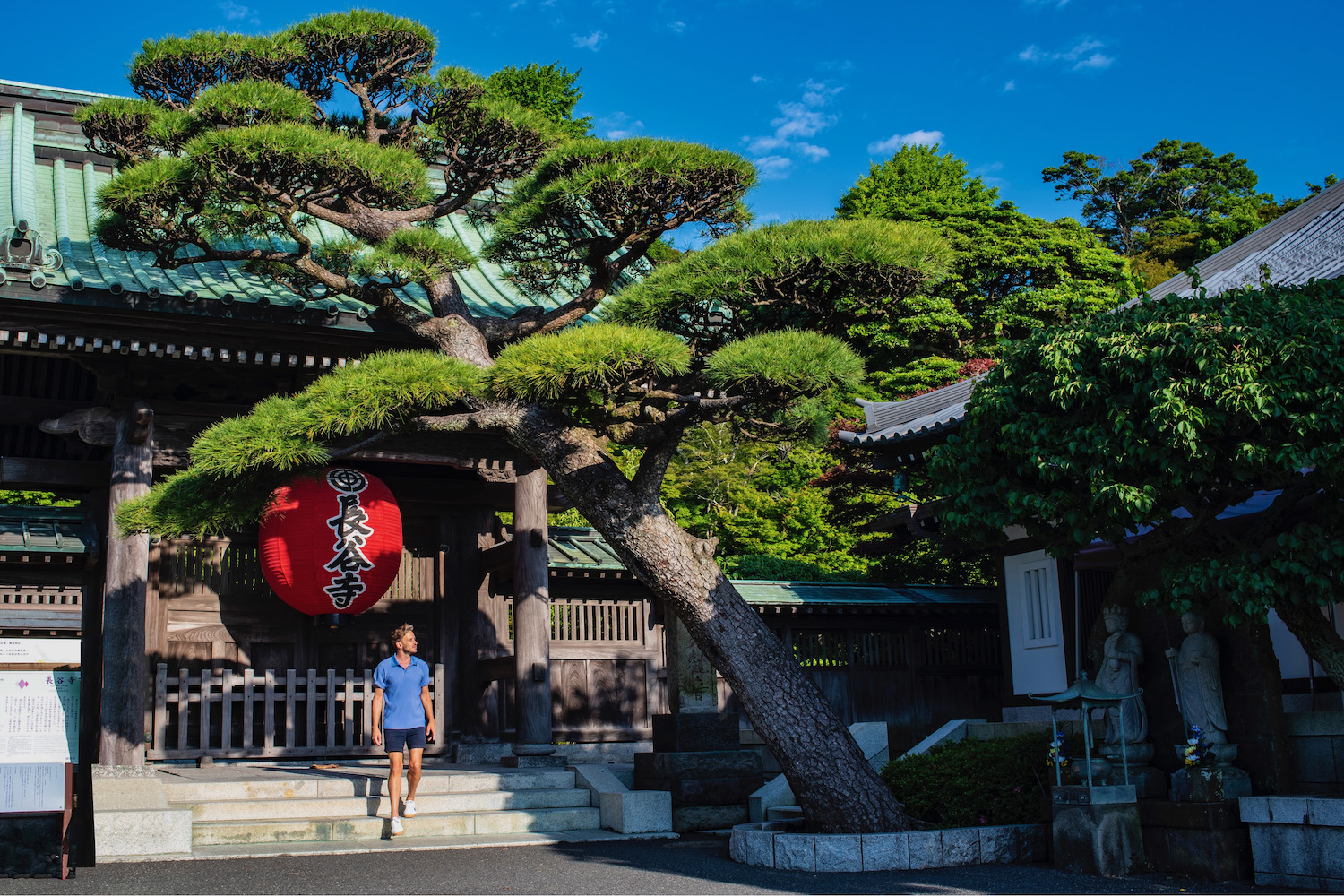I try to go back to Kamakura often. Given that it’s just over an hour from central Tokyo, it’s easy to rationalize Japan’s former capital as a one-and-done day trip from its current one.
Indeed, it’s not just re-visiting my favorite places in Kamakura, although I do like the nostalgia of looking at the Big Buddha for the first time in many years, or gazing down toward the city—and out toward the sea—from the steps of Tosho-gu shrine.
No, part of how I answer the question “is Kamakura worth visiting?” is by asking myself it it’s still worth visiting? Are they still things I need to discover—are there still epiphanies to be experienced?
How to Get to Kamakura from Tokyo
Taking a Kamakura day trip is easy, no matter where in Tokyo you start from. If you’re staying in western Tokyo—so, Shinjuku and Shibuya—you’ll need to ride the JR Shonan-Shinjuku Line, which departs about once per hour from these major stations. This is a local train and doesn’t require reservations; travel time is around 80-90 minutes en route.
From eastern and central Tokyo, meanwhile, you’ll need to ride the JR Yokosuka Line, which calls at major stations like Shinagawa, Shimbashi and of course, Tokyo Station. This is a local train like the Shonan-Shinjuku Line and comes often; you don’t need to time or plan things out too me. Its requires just 60-70 minutes to reach Kamakura Station, making it a slightly faster option.
My Favorite Things to Do in Kamakura
Get off the train early

Of course, if you follow my advice, you won’t be riding all the way to Kamakura Station. Instead, get off at Kita-Kamakura just north of the city. Here, whether you consider the best time to visit Kamakura to be April, June or any other month, you’re in for a treat. From the “hydrangea temple” of Meigetsu-in, to temples like Engaku-ji that look great in every season, this is one of the most picturesque parts of the city.
Take your time exploring the shrine
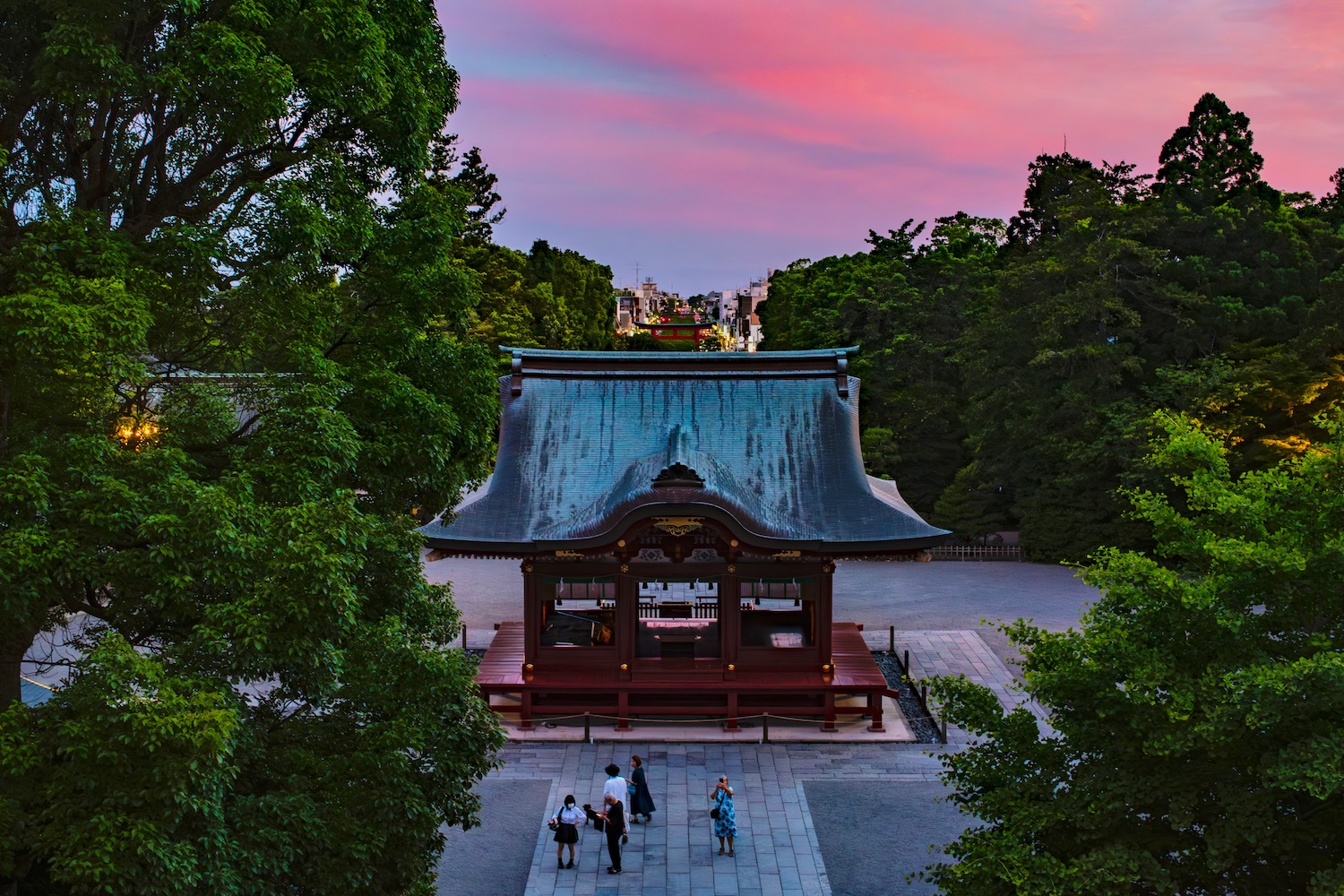
From here, a great way to make Kamakura worth it is to continue southward into the city on foot. Specifically, you’ll want to snake along the main road to ancient Tsurugaoka Hachiman-gu, the main shrine of Kamakura, which stands on a hilltop overlooking the modern city; on a clear day you can see the sea. The grounds are spacious and sprawling, so I encourage you not to rush your exploration of them.
Dine, don’t dash

Are you sensing a theme here? Indeed, while you are likely seeing Kamakura on a day trip from Tokyo (and thus, with a limited number of hours), Kamakura is really a destination that’s best seen slowly. Whether that means waiting in line at the popular Tamagoyaki Ozawa, or getting a table at Yakiniku Kamakura and gorging on meat for an hour, do your best to savor your dining experience.
Say a prayer at the Big Buddha
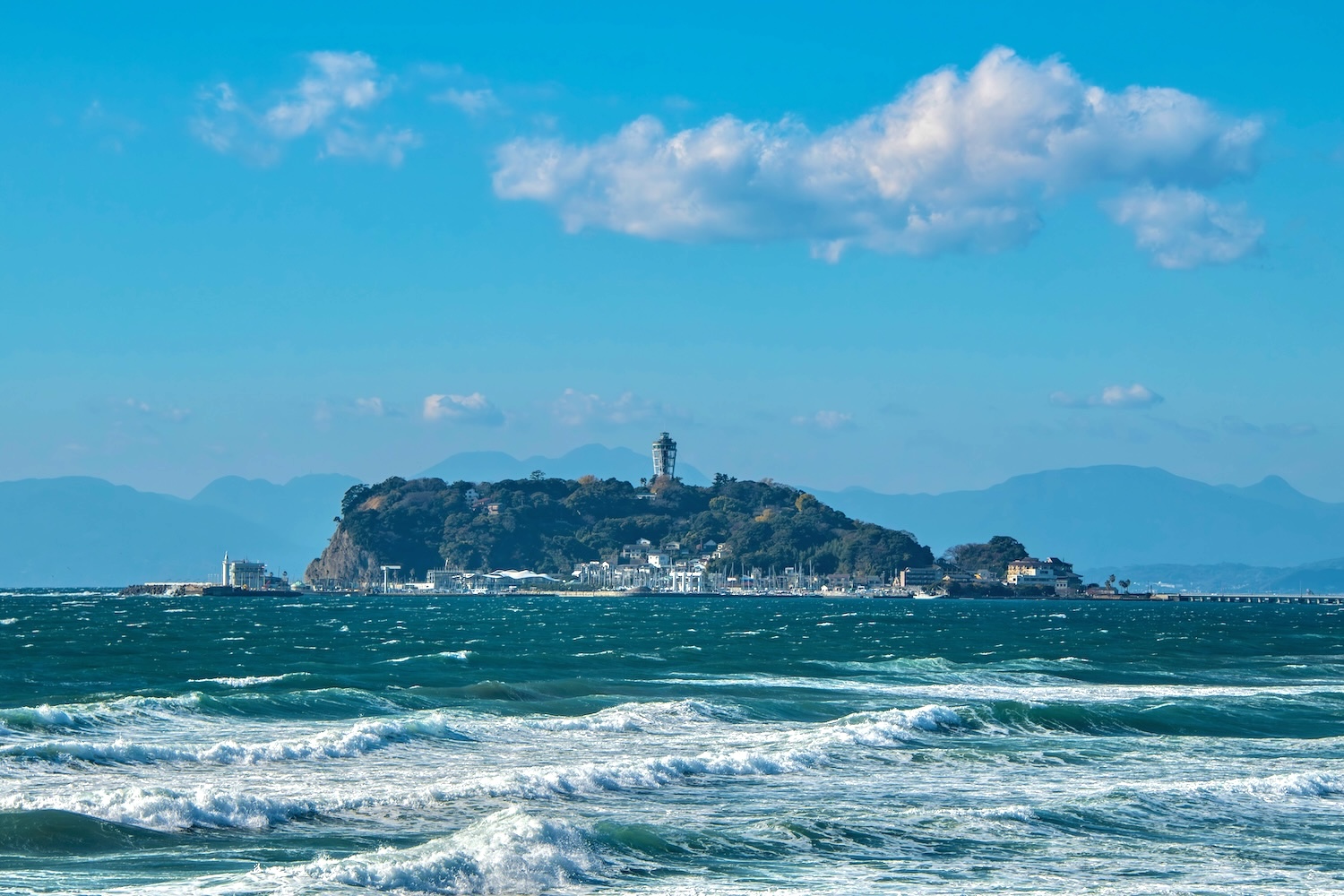
Virtually 100% of travelers bound for Kamakura Japan have the “Big Buddha” of Kotoku-in on their bucket list, and with good reason: It lives up to the hype. If you can, after riding the Enoden tram to Hase from Kamakura Station, do yourself a favor and go inside the statue, which is a unique experience to say the least (even if it almost makes the daibutsu seem smaller, if anything).
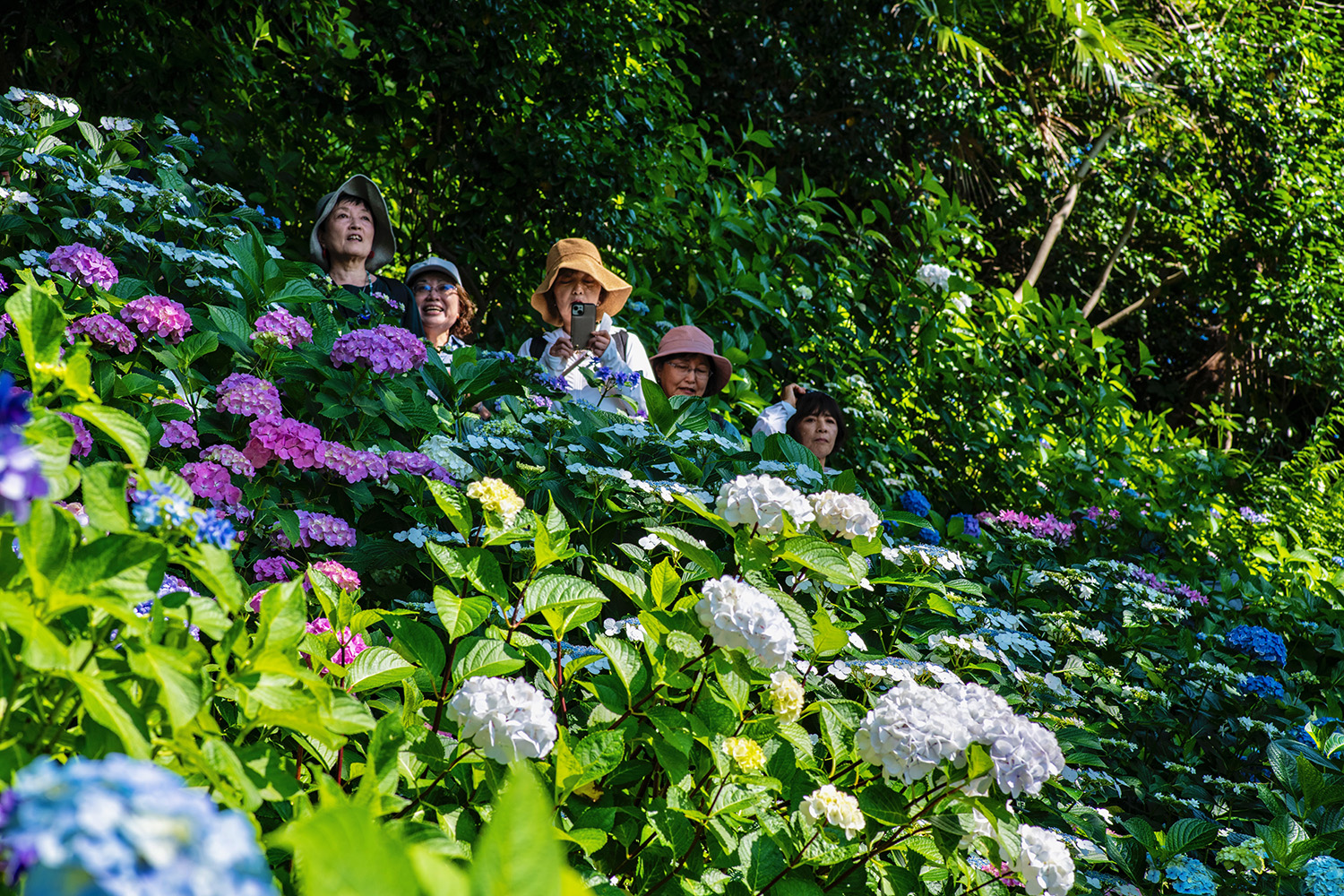
BONUS: If you happen to be in Kamakura in early-to-mid June, you absolutely must walk the “hydrangea path” at Hase-dera, the namesake of the Hase tram stop. I highly recommend booking this online in advance, if you do!
Continue onward to Enoshima
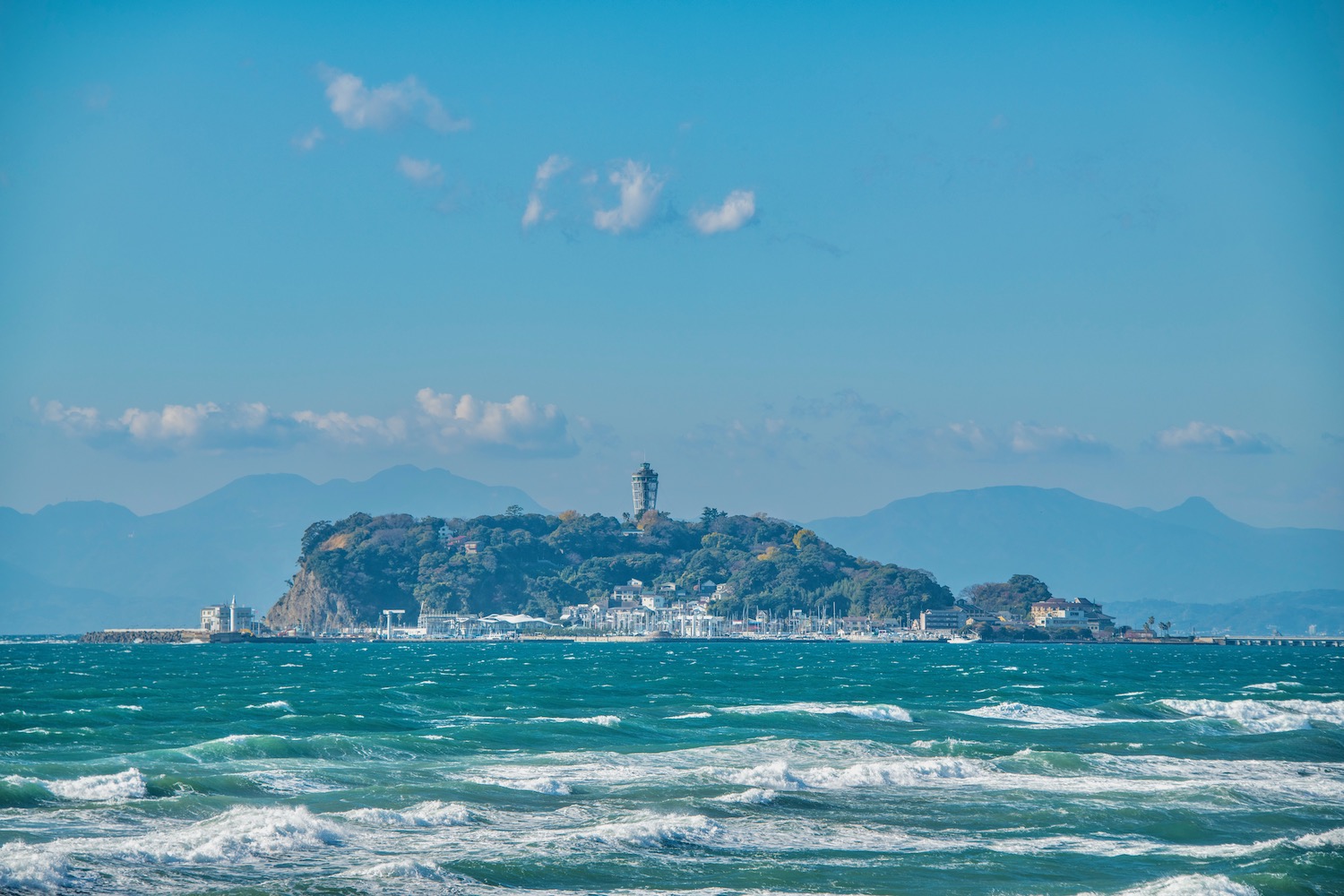
Speaking of the Enoden tram, it’s the mode of transport preferable to reach Enoshima, a captivating island just west of central Kamakura. The bad news? You’ll need to walk about 20 minutes—and over the sea!—to reach the island from Enoshima Station. The good news? If it’s a clear day, you’ll enjoy amazing views of Mt. Fuji en route. Sounds like a win to me!
Is it Worth Staying Overnight in Kamakura?
I’ll be honest: In contrast to Nikko, where I really felt like multiple overnight stays have deepened my love for an understanding of the city, Kamakura is not markedly better in the evening or morning. Sure, I’m happy to have watched the sunset over Tsurugaoka Hachiman-gu. But it was a bummer waking up at the crack of dawn to see most places closed, to say nothing of how much disdain many locals seem to have for tourists in general.
If you do decide you find Kamakura worth visiting on an overnight basis, I can make a couple of hotel recommendations. A stylish (if a bit utilitarian option) is Hotel Metropolitan, which is just a few minutes by foot from the station and also close to major attractions. AKAMA, meanwhile, is the nicest of the city’s surprisingly few ryokan properties.

Other FAQ About Visiting Kamakura
Is Kamakura worth visiting?
Kamakura is absolutely worth visiting! To make the most of your trip, I recommend starting in the north, at the temples of Kita-Kamakura, and making your way through the city center en route to Kamakura station en route to the Kotoku-in “Big Buddha.” If (and only if) you have time, make sure to continue westward to Enoshima Island.
What is Kamakura known for?
For tourists, Kamakura is known primarily for Kotoku-in, aka the “Big Buddha.” Other famous attractions include Enoshima Island, as well as the fact that Kamakura is home to some of the best beaches near Tokyo. All these factors combined mean that Kamakura is generally known as one of the top day trips from Tokyo.
How do you get around Kamakura?
Kamakura’s immediate city center—the temples of Kita-Kamakura to Tsurugaoka Hachiman-gu shrine and down to Kamakura Station—is pretty walkable. Heading westward to Kotoku-in and Enoshima, you can ride the Enoden tram. Beyond this, buses and taxis are the best way to get around Kamakura, assuming you don’t have your own vehicle.
The Bottom Line
Is Kamakura worth visiting? Yes, and not just one time, either. I’ve returned to Kamakura countless times throughout the years, both to see the city amid different seasonal spectacles (make sure not to miss June’s ajisai, or hydrangeas!), as well as to experience attractions I missed on previous visits. In spite of this, I don’t happen to think that staying overnight in Kamakura is an essential experience, apart from being able to watch sunrise and sunset there. Need personalized help planning your next Japan adventure? I do hope you’ll consider hiring me to help!



